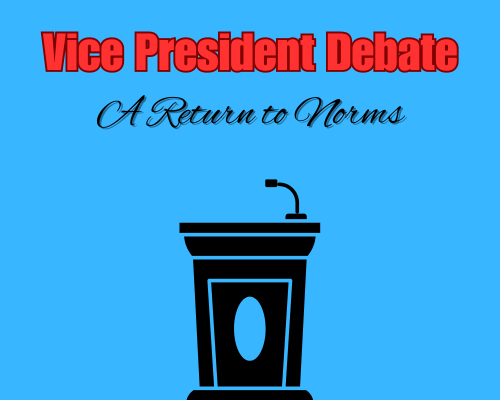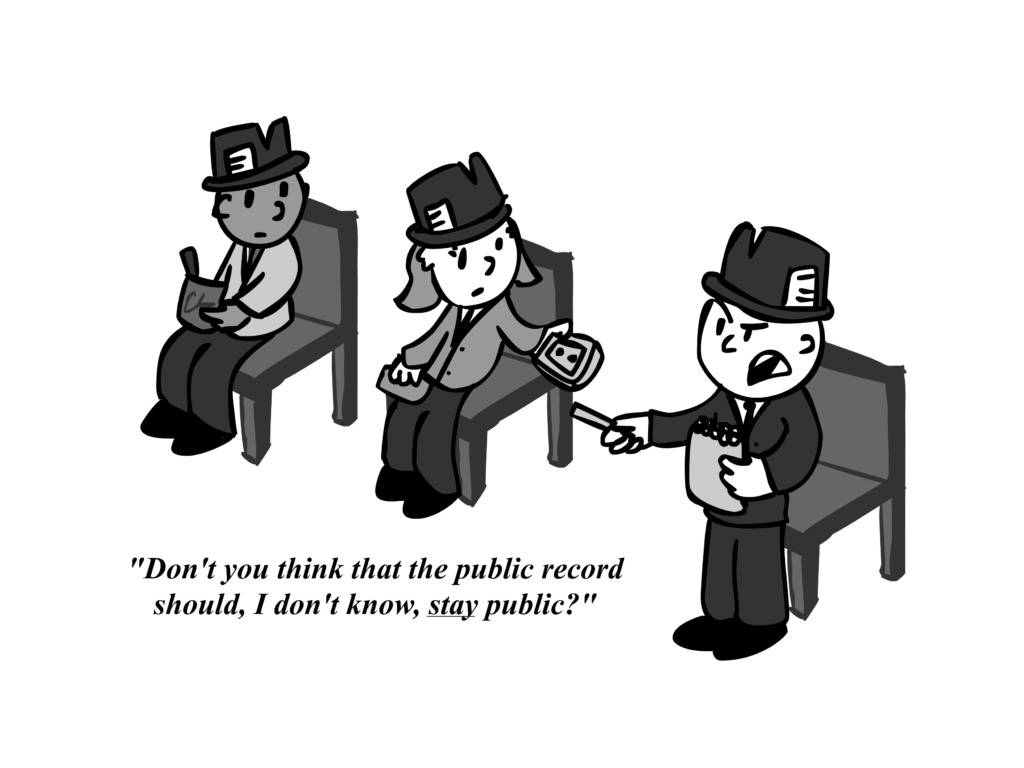Many of my left-leaning friends expressed great astonishment at the midterm election results. In particular was the surprising defeat of Alison Lundergan Grimes. Some of my right-leaning friends thought Mitch might get ditched after all. Not even close. How could this be? I mean, when everybody you know says they’re voting for Grimes, how could she possibly lose? I wasn’t surprised. That’s because I understood something not on many people’s radar.
How could the political predictions of so many people be so very wrong? McConnell got 56.2 percent of the vote with Grimes trailing way behind at 40.7 percent. Not the down-to-the-wire, nail-biter that was forecast.
First of all, relax. I’m not going to talk about politics. I mean to discuss perception. To do that, I would like to introduce the work of the German political scientist Elisabeth Noelle-Neumann. In the early ‘70s she advanced a hypothesis that came to be known as the Spiral of Silence Theory.
It goes something like this: when a minority viewpoint (not a people group – we’re talking numbers here) dominates public discourse, those who hold the majority opinion are less likely to express it. After all, who wants to be isolated?
If some neighbors have a LOT of “Ditch Mitch” and “Vote Grimes” yard signs, would you really want to express your contrary viewpoint? Awkward. Best to keep silent. Especially if your boss lives in the same neighborhood.
Same thing on social media. The passionate political opinions of your pals may suppress your expression to the contrary. Meanwhile, those who do share the very vocal minority viewpoint are emboldened to chime in. And they do. Noelle-Neumann visualized this process as a spiral.
As the majority viewpoint is less represented, those who hold that opinion begin to believe that they are the minority. That’s because all the people that would agree with them are silent. And that view spirals downward.
But, of course, there are the polls. Remember reading all those public opinion surveys that said it was going to be a close race between McConnell and Grimes? How did that happen?
Maybe the people who are more vocal about their viewpoints are more willing to express them when the phone rings and a pollster wants just a few minutes of their time and all of their opinions. Maybe the majority of people are, by their nature, not so likely to share their thoughts with a telephone pollster.
This scenario isn’t new. Richard Nixon understood it. He described a “Great Silent Majority” of Americans that shared his vision of how to deal with the issues of his day. He was elected. Twice. His second term didn’t turn out so well.
So what can be extrapolated from these experiences? What other issues of our day are perceived in this inverted fashion wherein the minority view is considered to be prevailing?
We’re fragmented. Some watch Fox. Others watch CNN or MSNBC. Fewer people read. There’s the Drudge Report and Salon.com. Each of these report the issues of the day in a way most palatable to an audience that share an agreement reality about climate change, health care and whatever else. It’s an “us” and “them” paradigm that is contrived to garner ratings rather than understanding.
Opinions are solicited whether they are informed or not. We have “hot debates” rather than thoughtful analysis. Discourse is framed in a “for or against” scenario as if there are only two sides to every issue.
And fatigue finally sets in. Tired of the shrill voices, many opt out altogether. They really get silent.
The safe things to talk about are sports or the weather. It’s supposed to get really cold next week.
Column by Kevin Qualls, Professor of mass communications






























































































